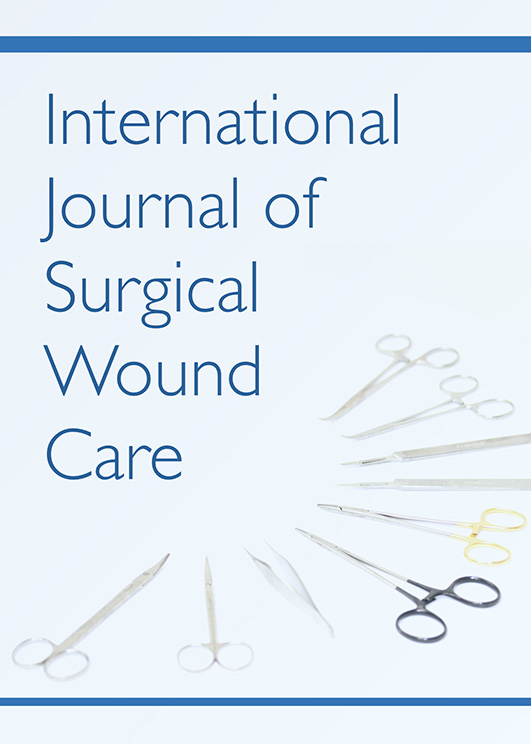1 巻, 2 号
選択された号の論文の8件中1~8を表示しています
- |<
- <
- 1
- >
- >|
Original Articles
-
2020 年 1 巻 2 号 p. 47-52
発行日: 2020年
公開日: 2020/09/01
PDF形式でダウンロード (763K) -
2020 年 1 巻 2 号 p. 53-61
発行日: 2020年
公開日: 2020/09/01
PDF形式でダウンロード (1109K)
Case Reports
-
2020 年 1 巻 2 号 p. 62-67
発行日: 2020年
公開日: 2020/09/01
PDF形式でダウンロード (770K) -
2020 年 1 巻 2 号 p. 68-72
発行日: 2020年
公開日: 2020/09/01
PDF形式でダウンロード (765K) -
2020 年 1 巻 2 号 p. 73-75
発行日: 2020年
公開日: 2020/09/01
PDF形式でダウンロード (574K) -
2020 年 1 巻 2 号 p. 76-83
発行日: 2020年
公開日: 2020/09/01
PDF形式でダウンロード (981K)
Brief Communications
-
2020 年 1 巻 2 号 p. 84-87
発行日: 2020年
公開日: 2020/09/01
PDF形式でダウンロード (648K) -
2020 年 1 巻 2 号 p. 88-91
発行日: 2020年
公開日: 2020/09/01
PDF形式でダウンロード (699K)
- |<
- <
- 1
- >
- >|
